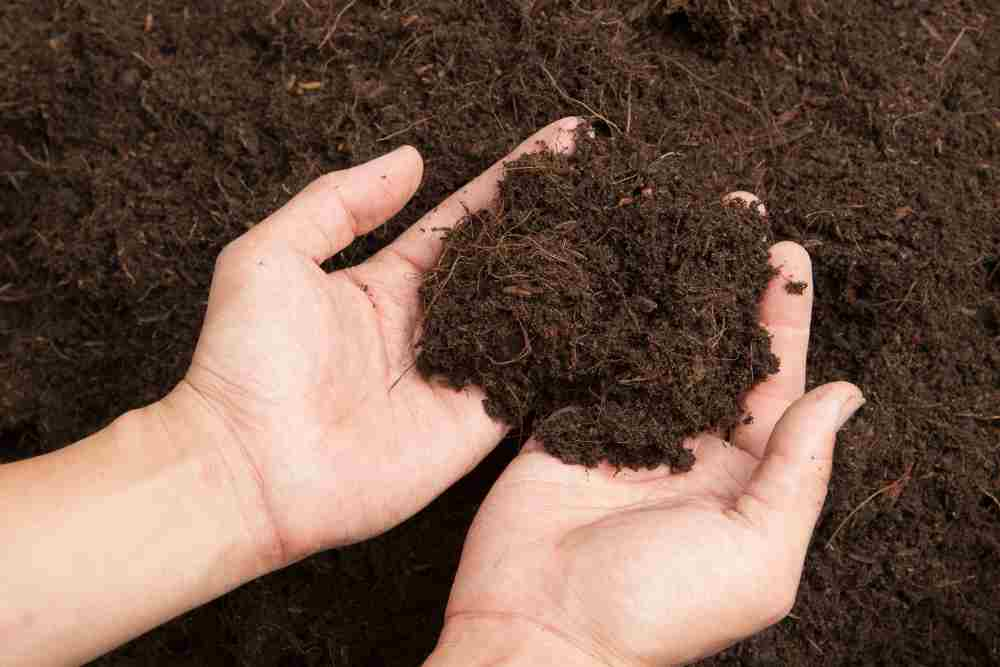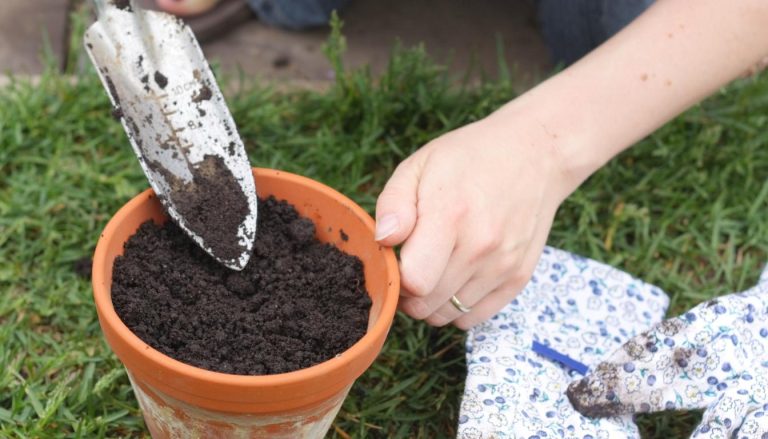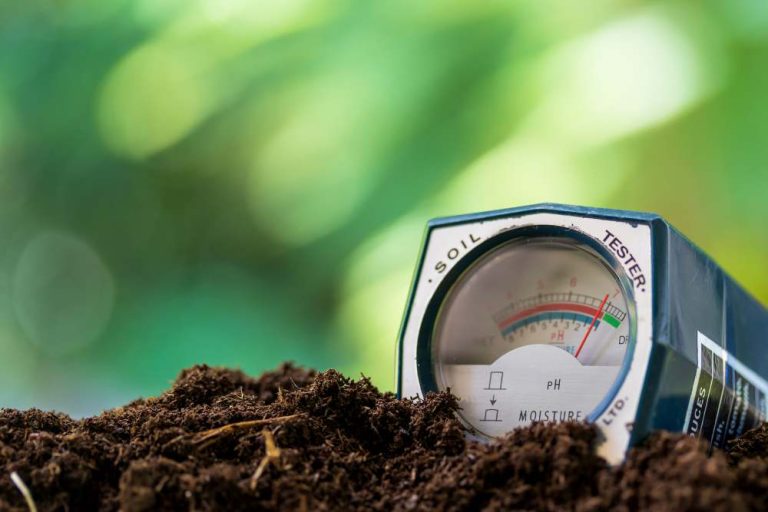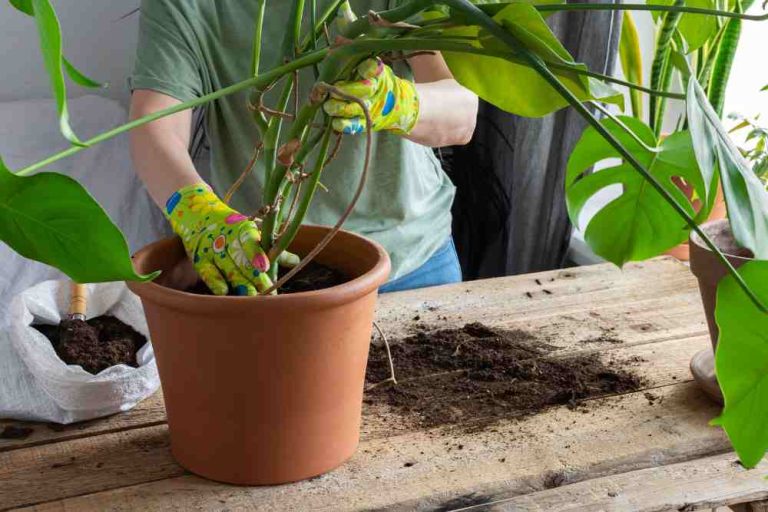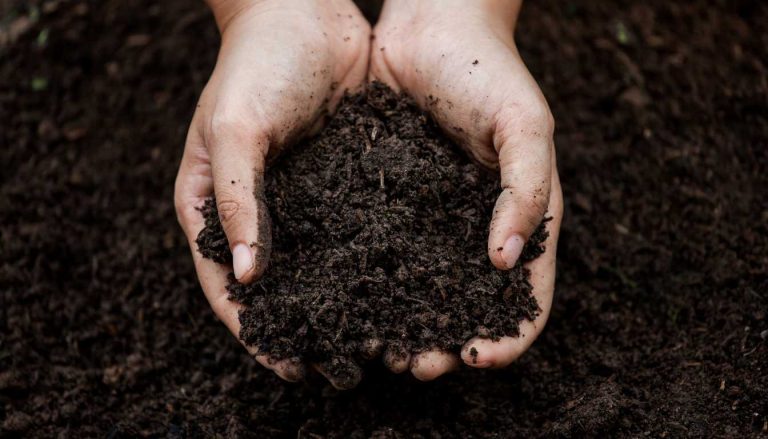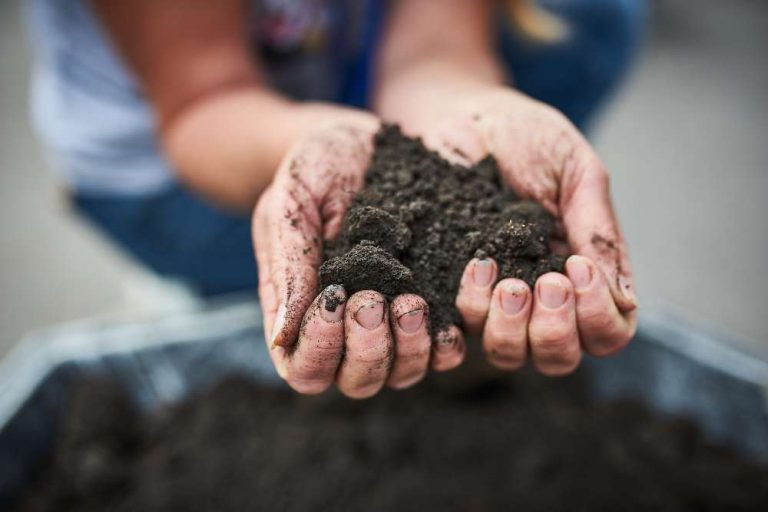What Is Soil Temperature In Agriculture
Plant growth and the regulation of soil’s biological and chemical activities are significantly influenced by soil temperature. Plant development, organic matter decomposition, seed germination, organic nitrogen mineralization, and soil temperature all rise with soil temperature, but at very high temperatures, all of these processes slow down.
One of the most crucial factors that crop growers consider while making planting decisions is the soil temperature. The process of seed germination, composting, blooming, and many other activities are all influenced by the temperature of the soil.
The home gardener can better plan their seeding schedule by learning how to measure the soil’s temperature. Understanding the soil temperature also aids in determining when to transplant and how to start a compost bin. Knowing what is soil temperature in agriculture, determining the present soil temperatures is simple, and doing so can help you develop a more abundant and lovely garden.
What Is The Soil Temperature?
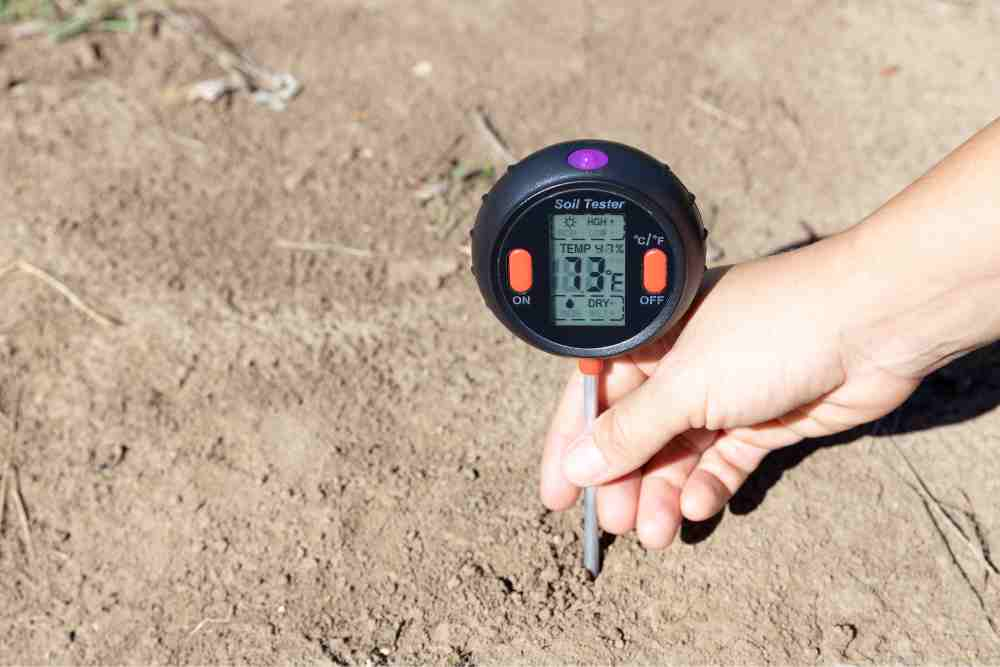
A measurement of the warmth in the soil is called soil temperature. Most plants should be planted in soil between 65 to 75 F (18-24 °C) in temperature. Both daylight and nighttime soil temperatures are significant.
So then when is the soil temperature measured? Soil temperatures are measured once the soil is workable. You must know the exact timing depending on your USDA plant hardiness zone. In zones with higher values, the soil temperature will rise up fast and early in the season.
How To Check Soil Temperature?
Most individuals have no idea how to measure soil temperature or what equipment is needed accurately. The most frequent method for taking the reading is with soil temperature gauges or thermometers.
However, you can simply use a soil thermometer. Farmers and soil sample companies use specialized soil temperature gauges. In a perfect scenario, you would check the overnight temperature to make sure it is not too low that it may harm your plant. Instead, look for a good average in the morning. At this moment, the soil still mostly retains the chill of the night.
One to two inches (2.5–5 cm) of soil is used for soil readings for seeds. Take samples at least 10–15 cm (4–6 inches) deep for transplants. Place the thermometer at its deepest point and hold it there for one minute. Do this for three days in a row. The best time to measure the soil temperature for a compost bin is early in the day. The bin must maintain a temperature of at least 60 degrees F (16 °C) for bacteria and other organisms to work.
Factors Affecting Soil Temperature
- Soil Properties – The temperature of the soil is affected by soil properties such as color, specific heat, heat conductivity, etc. During the day, soils with deep colors absorb more heat. Heat is quickly and easily transported in soils with a high degree of organization. Soils with larger pore spaces hold more air, which impedes heat transmission because air is a poor conductor of heat.
- Organic Matter – Overabundance of organic matter in the soil enhances its ability to hold water, which in turn raises the soil’s specific heat and lengthens the time it takes the soil to become warm or cool.
- Soil and Water Distribution – The distribution of soil and water is generally more uniform on islands than on continents. The reason for this is the vast ocean water reserves around the islands, which help to maintain a steady temperature.
- Vegetation Cover – When there isn’t a crop, the sun’s rays hit the soil directly, raising its temperature the soil temperature drops due to plants covering the soil surface.
- Atmospheric Conditions – Conditions in the atmosphere: The outermost atmosphere absorbs almost all of the sun’s short-wavelength light. Only rays with large wavelengths and visible light can reach the earth’s surface.
- Soil Latitude and Topography – The amount of radiation received on a unit area of the soil surface is proportional to the cosine of the angle between the perpendicular to the soil surface and the direction of the incident rays. Therefore, as this angle increases, more radiation will be received per unit area while less heat will be received per unit area.
Effect Of Soil Temperature On Plant Growth
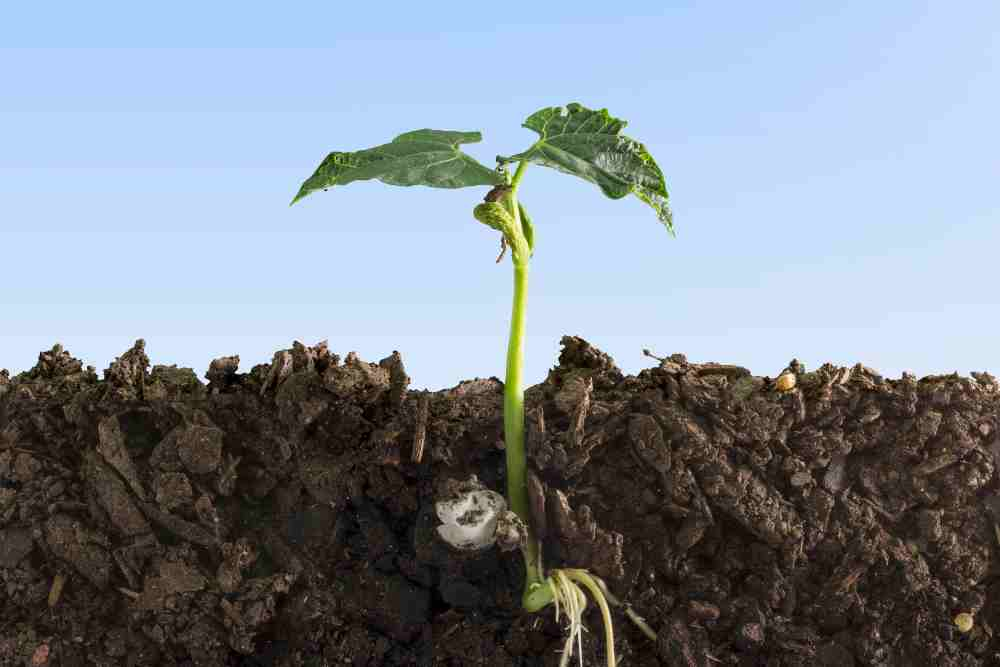
Physical Properties Of Soil
The temperature has a big impact on soil structure. The temperature has a considerable impact on soil aggregation and the binding chemicals it contains. Variations in soil temperature have an impact on the behavior of microorganisms. A particular heat level is required for different soil microorganisms to function correctly.
The temperature impacts several microbiological processes, including the mineralization of nitrogen, nitrogen fixation, pesticide degradation, and so on. When the soil temperature is between 5 °C and 54 °C, microorganism activity is at its lowest. Most microorganisms thrive at a temperature between 25 and 35 °C, which is ideal for their actions.
Germination Of Seeds
The temperature of the soil has a considerable impact on seed germination. For the germination of seeds, various crops require different temperatures. Therefore, only certain temperature ranges allow for one type of seed germination.
The seed either doesn’t germinate or germinates slowly if the temperature is too low. However, seeds may be damaged if the temperature is exceptionally high. The most suited temperature is the one where the most germination occurs in the shortest time. Some crop seeds require cold treatment before germination, which is referred to as springification.
Effect On Vegetative Growth
Usually, the temperature range for plant development is the same as that for enzyme reaction. Low temperatures cause plants to develop slowly, while high temperatures cause them to grow quickly when those conditions are present.
There are differences in the minimum, ideal, and maximum temperatures for the growth of various plant species. The following are some ways that temperature impacts plant growth.
- Absorption Of Water And Nutrients
- The roots of plants are impacted by variations in soil temperature (from very low to high temperatures). When the temperature is low, the water’s velocity drops, the protoplasm becomes less permeable, and the growth of roots stops. The rate at which plants absorb vital nutrients also reduces quickly when the temperature drops.
- Photosynthesis
- Photosynthesis can occur within a specified temperature range. For example, photosynthesis normally proceeds smoothly in cold climates between 20 and 25 °C in plants, but it works best between 25 and 40 °C in warm temperatures.
- Respiration
- Plants can breathe in a wide temperature range.
- Transpiration
- If all other crop production parameters remain constant, the transpiration rate increases as the temperature rises. This results from how temperature affects a plant’s stomata’s ability to open, close, and tilt their leaves under vapor pressure.
Reproductive Stage
When the temperature is right, flowers begin to bloom and grow quickly. Whether the temperature is low or high, flower development takes time.
The reproductive stage should be prolonged for good production and grain filling to allow for the photosynthesis of a significant amount of food. However, because of the higher temperature, the crop matures earlier, and the reproductive stage is shorter.
Availability Of Nutrients
The temperature of the soil has a significant impact on a number of physio-chemical and chemical reactions. For example, when the temperature is higher, more nutrient elements are released into the soil solution and significantly affect the solubility reactions of various nutrients.
Although the rate of nutrient uptake varies almost drastically between crops, it seems that the relative impact of temperature on nutrient uptake is well understood.
Decomposition Of Organic Matter In The Soil
The decomposition process of organic matter depends on a number of critical steps, and the soil temperature significantly influences this process. The products of decomposition differ according to how quickly organic matter breaks down.
When temperatures are low, the rate of organic matter decomposition is slow, producing a variety of harmful organic substances in the soil. When temperatures are high, the rate of the same is incredibly quick, producing beneficial products of organic matter decomposition and thereby influencing the growth of plants.
Plant Diseases
The temperature of the soil has an impact on the development of numerous diseases. The soil contains many weekly parasitic fungi at low temperatures that grow actively and quickly, killing the seedlings. Conversely, temperate zone cereal seedlings, adapted to grow actively at lower temperatures, are largely protected from their attack.
Root Growth
The temperature of the soil influences the type of root development. High temperatures promote a browner, finer, and significantly more freely branching root system, while low temperatures favor white succulent roots with limited branching.
However, the soil temperature that promotes the quickest root growth is typically higher than the soil temperature that promotes the most extensive root system
Effects On Soil Physical Properties
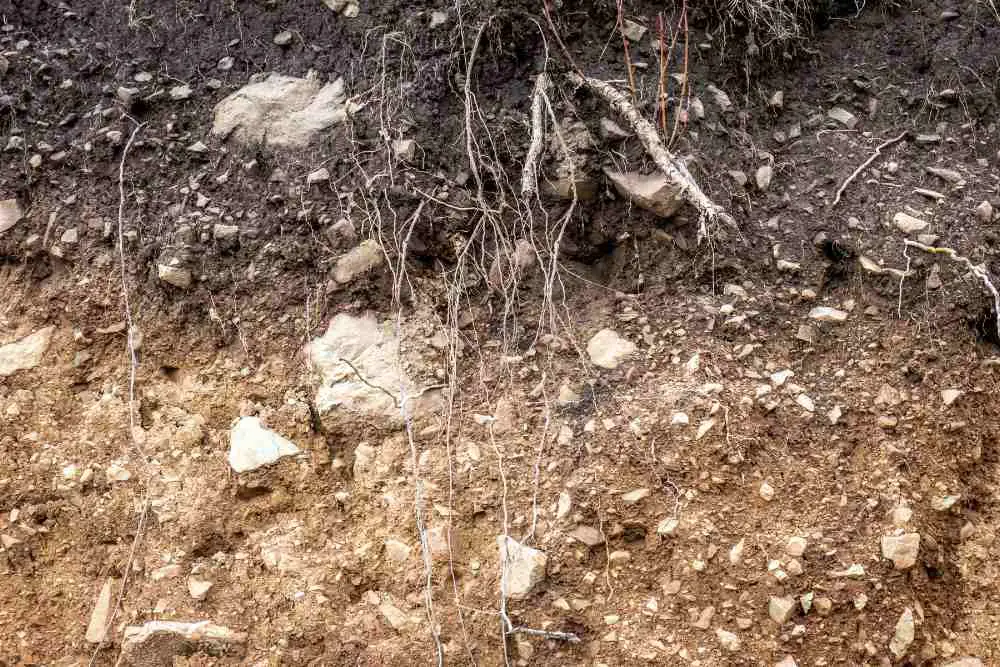
Soil Structure
Temperature increases promote temperature-induced drying of 2:1 clay minerals in the soil, resulting in strong interactions among the clay particles and less clay and more silt-sized particles in the soil.
However, high soil temperatures can also cause sand-sized particles to crack from heat, which eventually causes the particles to break down and lower the amount of sand-sized particles in the soil. As a result, the amount of clay sand in the soil decreases as the temperature rises while the amount of silt increases.
Soil Moisture Content
When soil temperatures rise, the viscosity of the water decreases, allowing more water to percolate through the soil profile and reducing soil moisture. Furthermore, less shade and higher soil temperatures result in higher evaporation rates, restricting water movement into the soil profile.
Soil Aeration
The amount of carbon dioxide in the soil air is influenced by temperature. High temperatures promote microorganism activity, which increases the amount of carbon dioxide produced in the soil.
Effects On Soil Biological And Chemical Properties
Available Phosphorus
Water-soluble phosphorus increased with soil temperature from 50°C to 250°C due to enhanced phosphorus transport in the soil controlled by diffusion. Phosphorus is not as readily available in low-temperature soils because low temperatures make it harder for phosphorus to be released from organic matter.
Soil pH
The denaturation of organic acids, which rises at high temperatures, causes the soil pH to rise at soil temperatures between 25 and 39°C.
Cation Exchange Capacity (CEC)
Through combustion, an increase in soil temperature reduces organic matter. High temperatures cause a loss in organic matter and a reduction in the clay size fraction, which lowers the soil’s ability to exchange cations. Therefore, the soil’s ability to exchange cations is decreased when soil temperature rises.
Organic Matter Decomposition
Because of the slow decomposition rate at temperatures below 0°C, soil matter accumulates more quickly. At lower temperatures, organic matter decomposes more slowly due to a reduction of microbial activity and metabolic reactions.
The flow of soluble substrates in the soil is accelerated at soil temperatures between 2 and 38 °C, which speeds up the breakdown of organic waste, promoting microbial activity.
Bioactivity
Temperatures in the soil between 10°C and 28°C impact soil respiration by increasing the activity of extracellular enzymes that break down polymeric organic matter in soils, enhancing microbial uptake of soluble substrates, and raising microbial respiration rates.
Increased soil temperature enhances soil nitrogen mineralization rates through increasing microbial activity and organic matter decomposition in the soil. Conversely, soil temperatures below freezing restrict microbial activity and reduce the diffusion of soluble substrates in the soil, reducing mineralization.
Soil Microorganisms
Soil macro-organisms must either consume more food or burn their own fat reserves when the soil temperature is between 10°C and 24°C. Because of the unfavorable soil temperature, soil macroorganisms die at extremely high temperatures of 58°C. Temperatures below freezing point are too low for soil microorganisms to survive.
Perfect Soil Temperatures for Planting
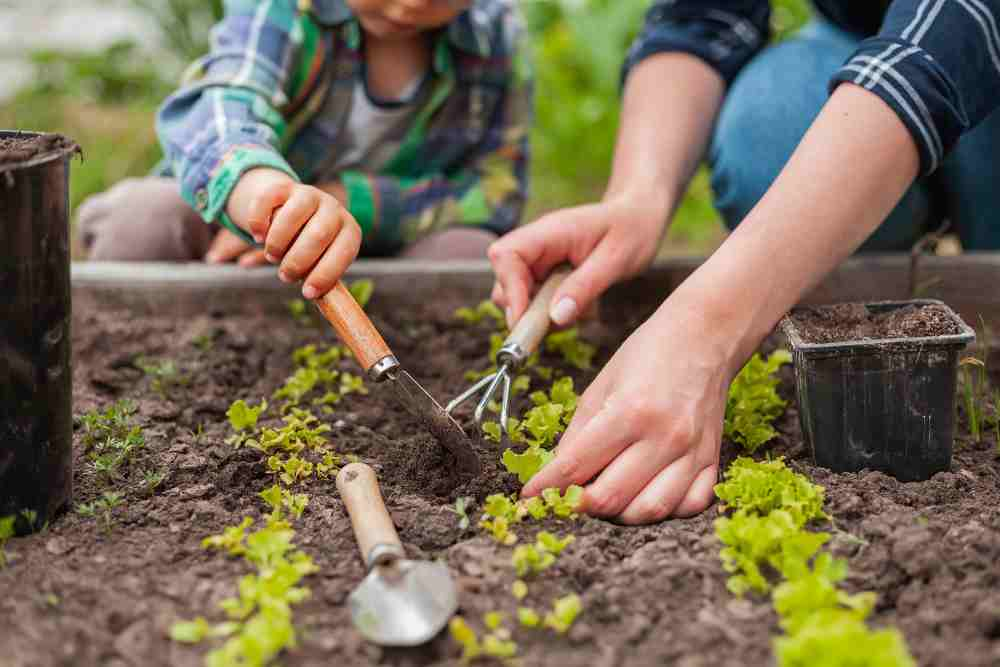
Different temperatures are ideal for planting depending on the vegetable or fruit type. Planting too soon can restrict plant development, inhibit or decrease seed germination, and reduce fruit set.
Soils with a minimum temperature of 16 °C are best for plants like cucumbers, tomatoes, and snap peas. The ideal temperature for certain greens, sweet corn, and lima beans is 18 °C. Watermelon, peppers, okra, cantaloupe, squash, and sweet potatoes need warmer temps at 20 °C. If you are unsure, verify the recommended soil temperatures for sowing on your seed packaging. Most will include the month for your USDA zone.
- 15 Ingenious Kitchen Garden Ideas to Cultivate Freshness Right at Home - April 7, 2024
- 10 Top Picks Best Plants for Open Terrarium - April 2, 2024
- 21 Easy and Cheap Walkway Ideas for a Charming Garden - March 31, 2024

